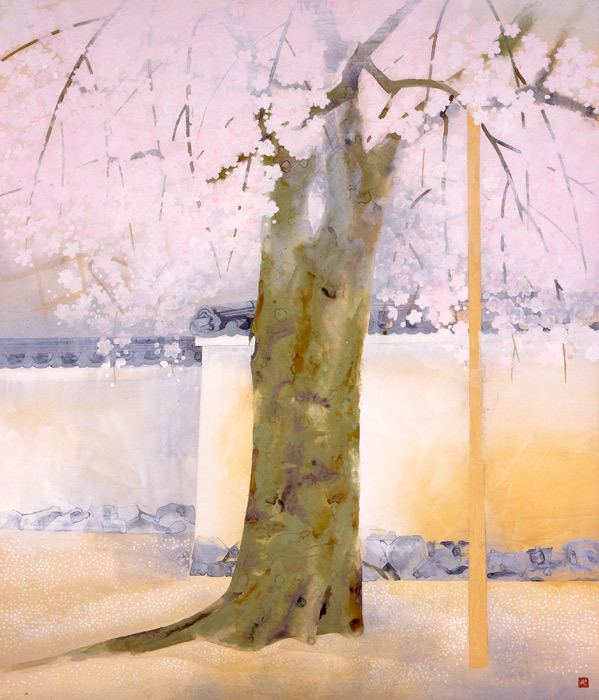Name Togyu Okumura | ||
Togyū Okumura (奥村 土牛, Okumura Togyū, 18 February 1889 – 25 September 1990) was a famous Japanese modern painter of the Nihonga style of watercolour painting. His original name was Yoshizō (義三). The name Togyū referred to a poem from his father who ran a publishing business.
Contents
- Biography
- Major works
- Books and collections of work
- Major collections holding works by Okumura
- References

Okumura is characterized by his works which achieve unusual, exquisite quality of colours through the application of the white gofun pigment 100 or 200 times as foundation.
Biography
Major works
He painted Mount Fuji, which is in the Tokyo Imperial Palace.
Books and collections of work
Major collections holding works by Okumura
References
Togyū Okumura Wikipedia(Text) CC BY-SA
